Singular Plural For Class 1 – Enhance Home Learning with Engaging Printable Worksheets.
Learning singular and plural forms can be both fun and challenging for young learners. Understanding how words change from singular to plural is an important aspect of language development. In this article, we will explore the concept of singular plural for class 1 students in a simple and engaging way.
Children in class 1 are just beginning their journey into the world of language and grammar. Introducing them to the concept of singular and plural forms at this early stage can help lay a strong foundation for their future language skills. By making learning fun and interactive, educators can make this concept easier for young learners to grasp.
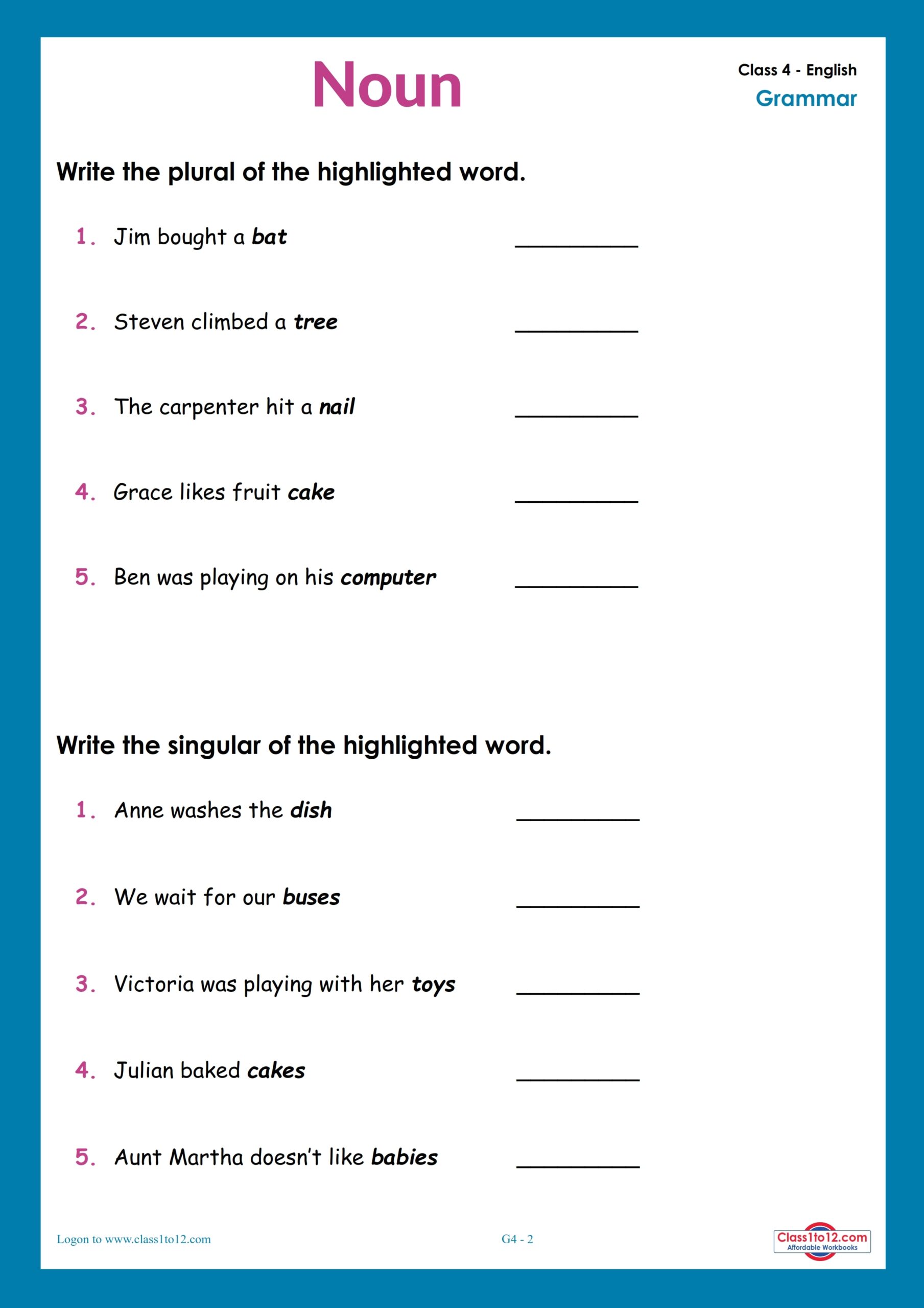 Singular Plural Worksheet For Class 4 Class1to12 Worksheets Library
Singular Plural Worksheet For Class 4 Class1to12 Worksheets Library
Understanding Singular Plural For Class 1
Singular Plural For Class 1 are PDF learning materials you can access and use on demand. They include math problems, grammar tasks, and even fun art activities. Their versatility makes them perfect for extra practice at home.
In today’s digital era, printable worksheets are an essential resource for both teachers and parents. Whether your child is learning remotely or just helping with homework, these worksheets provide structured learning in a creative and interactive way.
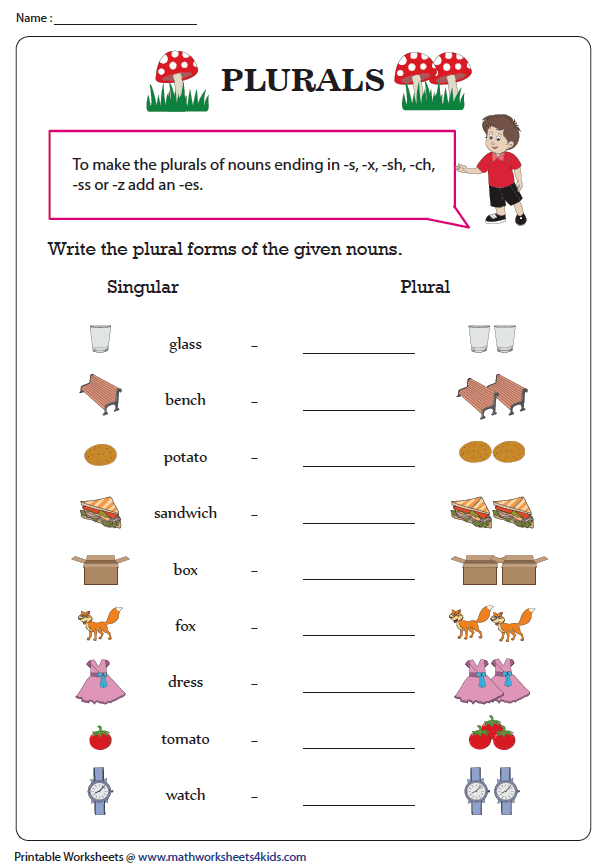 Singular And Plural Nouns Worksheet For Class 4 Noun Worksheets
Singular And Plural Nouns Worksheet For Class 4 Noun Worksheets
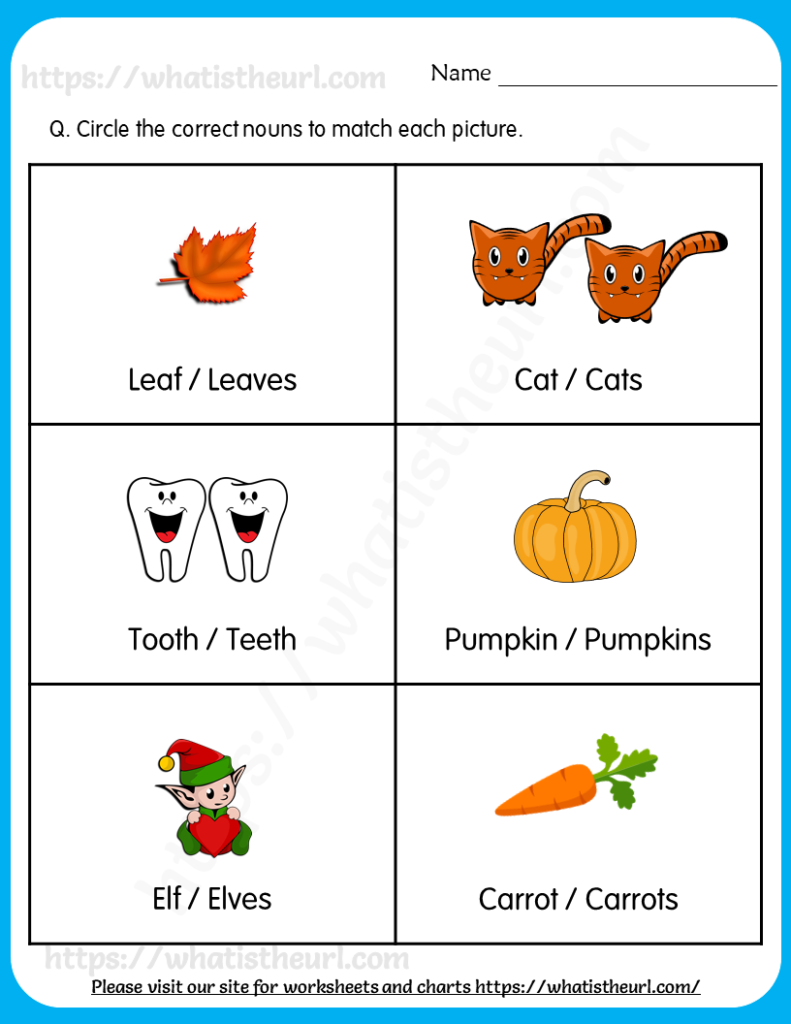 Singular Plural Nouns Worksheet For Grade 1 Your Home Teacher
Singular Plural Nouns Worksheet For Grade 1 Your Home Teacher
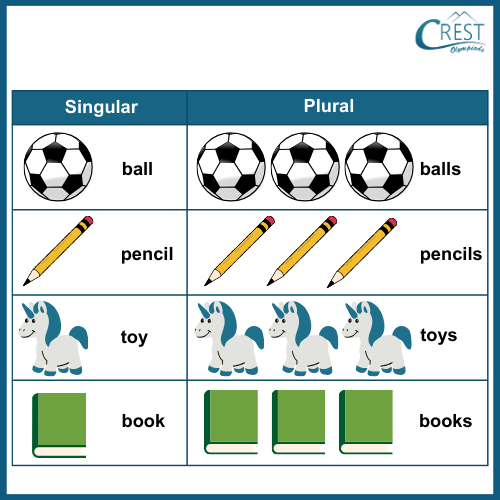 Singular Plural Class 1 English Grammar Guide
Singular Plural Class 1 English Grammar Guide
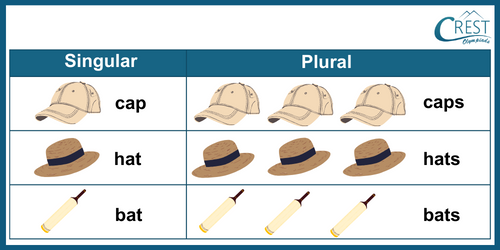 Singular Plural Class 1 English Grammar Guide
Singular Plural Class 1 English Grammar Guide
Why Use Singular Plural For Class 1??
The biggest strength of printable worksheets is their convenience. You can match them with your child’s needs. Plus, they’re a digital-free solution for learning—perfect for reducing screen time.
Singular Plural For Class 1
When we talk about singular and plural forms, we are referring to the number of objects or people being described. In singular form, we are talking about one object or person, while in plural form, we are talking about more than one. For example, “cat” is singular, while “cats” is plural.
One way to help class 1 students understand singular and plural forms is through visual aids. Using pictures or objects to demonstrate the difference between singular and plural can make the concept more tangible for young learners. This hands-on approach can make learning more engaging and memorable.
Another effective way to teach singular plural for class 1 students is through interactive games and activities. By incorporating games that involve identifying and matching singular and plural forms, children can have fun while reinforcing their understanding of the concept. This kinesthetic approach can help solidify their knowledge in a playful way.
As class 1 students continue to practice and reinforce their understanding of singular and plural forms, educators can gradually introduce more complex rules and exceptions. By providing a solid foundation in this basic grammar concept, children can build confidence in their language skills and continue to grow as proficient communicators.
In conclusion, teaching singular plural for class 1 students can be an exciting and rewarding experience for both educators and young learners. By incorporating interactive and engaging strategies, educators can help children develop a strong grasp of this fundamental language concept. With patience and creativity, educators can make learning singular and plural forms a fun and memorable experience for class 1 students.